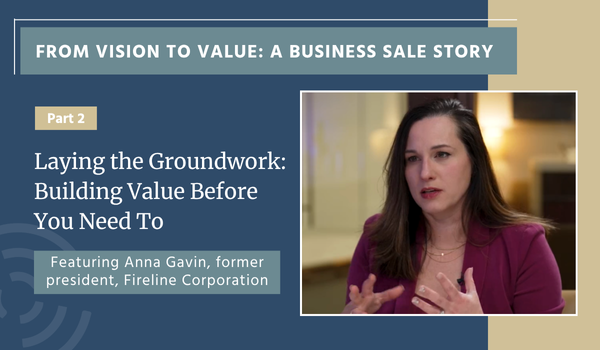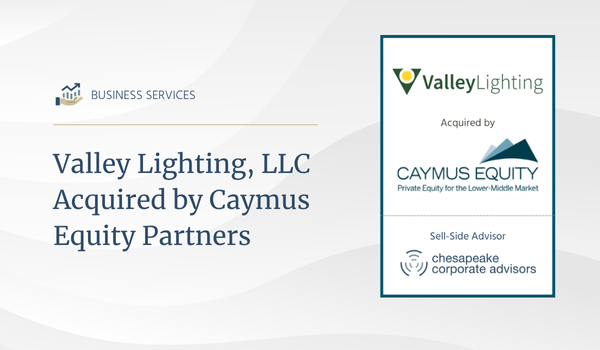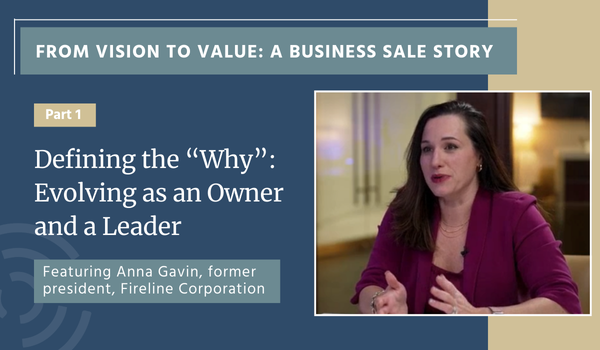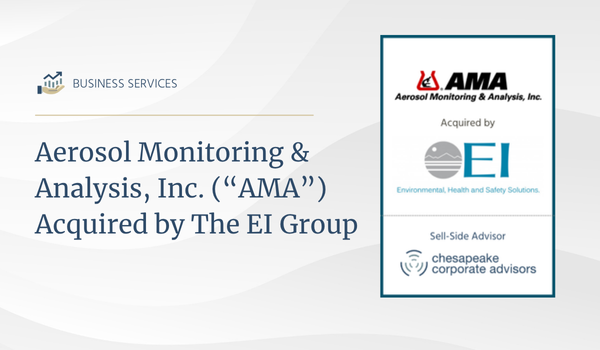Today, the situation is very different. Many PE firms now target the lower middle market, opening more doors for LMM companies that need capital.
New Generations Create New Opportunities
Twenty years ago, an $80 million company with a solid client base and strong profitability in the lucrative government contracting market secured zero interest from the PE investment community and instead sold to a strategic buyer. That was a typical scenario, as PE groups preferred larger deals offering higher returns.
Since then, new generations of PE groups have emerged, expanding the buyer pool and the available funds for deals like these.
Over time, young PE investors gained enough experience to break away from the largest firms and form their own ventures. While these talented leaders were skilled in raising capital and achieving strong returns, they could not compete with the behemoth firms for the largest deals. Instead, they set their sights further downstream. And they soon realized that under the right circumstances, even lower middle market companies (those with $10 million to $100 million in revenue) could provide good returns, albeit with more risk.
At the same time, the amount of capital available to PE groups has risen dramatically. As high-net-worth individuals seek higher returns than they might expect from stocks and other asset types, more capital is infused into PE firms that target the lower middle market.
The LMM is an Increasingly Attractive Target
Beyond more PE groups interested in the LMM and more investors willing to provide capital, several factors make these companies more attractive than ever to PE investment.
- LMM companies have lower valuations and see less competition for investment than larger companies, so a PE group will need less capital to acquire the company.
- With an estimated 350,000 lower middle market companies in the US according to Forbes, it’s a larger pool of target companies than in other segments of the market.
- Baby boomers who lead LMM companies are reaching a time of life when they’d like to exit the business but are unlikely to have a solid succession plan in place.
- PE groups see an opportunity to capture size arbitrage by combining several LMM acquisitions in high-growth industries to accelerate the growth of their platform companies, achieving greater value faster.
Perhaps most importantly, the era of Big Data is changing the LMM investing landscape by reducing the risk of investing in these businesses.
How Data Reduces the Lower Middle Market Risk
In the past, PE groups found it difficult to gain the visibility and insight they needed to invest in a LMM company with confidence. With greater maturity and sophistication, upper middle market companies tended to have more robust data on their current performance, forecasted growth, and market trends. Investing in a lower middle market company without the benefit of that same data ultimately came down to a tradeoff between risk and value.
With data so ubiquitous, it is easier for PE groups to obtain the information they need to invest in a lower middle market company with confidence they will meet their targeted return on investment. It is also easier to use technology to slice-and-dice that data to gain the insights needed to make informed decisions about acquisition targets. With a clearer window into a lower middle market company, PE groups can even evaluate businesses they might not have considered at first glance.
These are just a few of the many types of questions PE groups can answer using better data:
- Are there consumer trends that will create new, lucrative opportunities for this consumer goods company?
- Is there pending legislation that could open new doors to new markets for this architectural engineering firm (as was the case with the infrastructure bill that passed in November 2021)?
- How will the latest Department of Defense budget impact the number of RFPs this cybersecurity firm can expect to see this year?
- Are the target company’s competitors winning a greater share of deals, suggesting a lack of competitive advantage?
- Are there other healthy businesses that do similar work, which we could also bolt on to our platform company to capture the benefits of size arbitrage?
Even in a more favorable environment, the same criteria that have always guided acquisition decisions will remain essential for PE groups that target the lower middle market: Sound fundamentals, a growing market for the company’s products and services, a management team they can bet on, and ideally some tailwinds to fuel growth. Many PE firms also focus on industries where they have deep expertise or there is significant growth potential. Some of the hottest areas right now include any business with a recurring revenue model (such as software-as-a-service), cybersecurity, artificial intelligence, and machine learning.
How PE Can Help LMM Companies Thrive
If the data show that a LMM company has high potential for strong returns and the PE group decides to invest, they’re going to do much more than lay down a large sum of money. PE firms are staffed with experienced professionals who commit to improving the acquired company’s operations to drive both top-line and bottom-line growth. This level of operational support is essential when investing in LMM companies, whose practices, processes, and infrastructure typically don’t have the same maturity or sophistication as upper middle market companies.
For example, the LMM company might benefit from improved accounting software that enables more accurate projections using financial modeling. Or perhaps the company lacks the robust customer relationship management (CRM) system needed to target high-potential segments and accelerate sales. PE investors with strong operational experience can help the acquired company incorporate the tools and technologies to bolster sales channels, drive down costs, and gain better insight into performance metrics.
While some LMM leaders become anxious about PE staff becoming embedded in their business, it’s about enhancing (not replacing) the team’s expertise, capabilities, and experience. Often, PE groups add a level of discipline, such as quarterly board meetings, which raises the operational efficiency of the company.
Choosing the Right PE Group
If you are ready to sell your business and you believe PE is a good option, you will want to do thorough due diligence on potential buyers—because the best PE partner is not always the one with the highest offer.
You need a PE group that has a track record of growing companies, is led by an effective management team, aligns with your values, and has the operational expertise to build value. You should also speak with references from the PE firm’s portfolio companies to get a feel for what it will be like to work together, what to expect after the deal closes, and typical results.
It is also important that you do not allow the PE group to control the process. With the LMM growing increasingly attractive, many PE firms approach target companies directly and proactively with an offer, hoping to preempt a competitive process. Even if the offer looks enticing, it rarely works in your favor.
It is typically much more advantageous to go out to market, guided by an experienced investment banking firm that will identify best-fit buyers, manage a competitive bidding and negotiation process, and help you through the due diligence to arrive at the best outcome.
If your business is exploring liquidity options and you are considering a PE investment, you need to know what PE groups look for, what the process involves, and how to position your company for the most favorable deal. Contact the investment banking experts at Chesapeake Corporate Advisors to learn how we can prepare your company for PE investment and achieve the best outcome.





